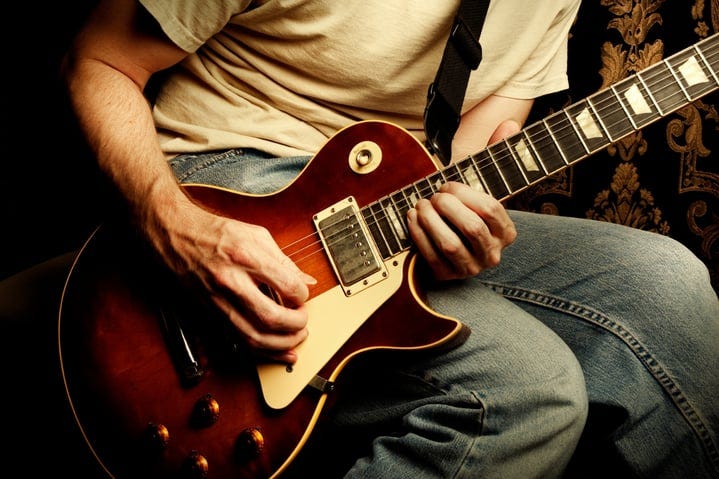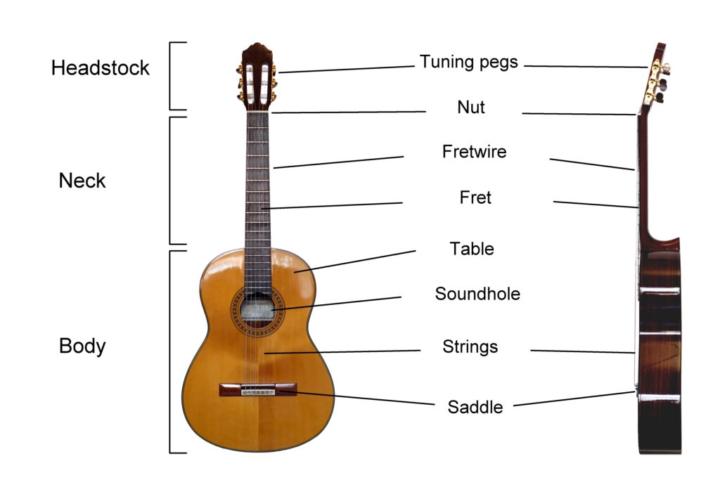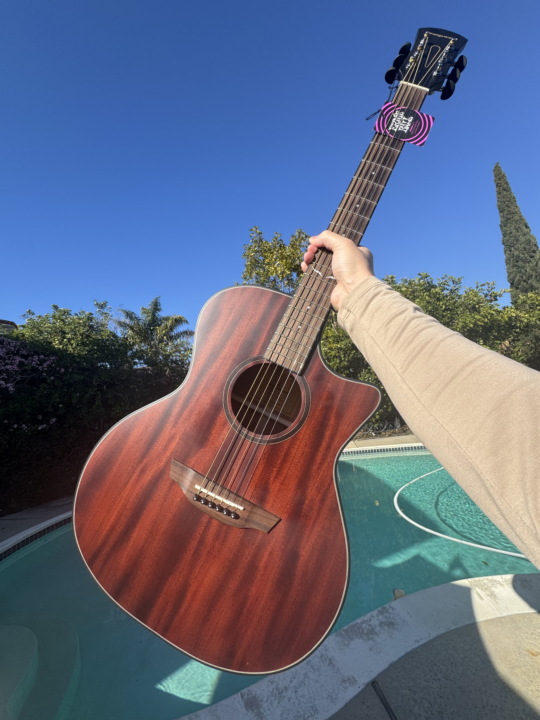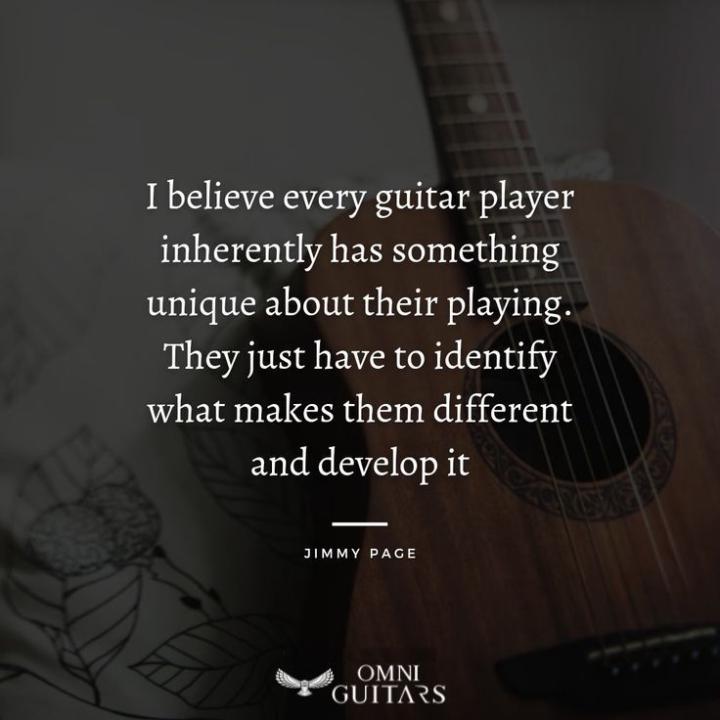Activity
Mon
Wed
Fri
Sun
Jan
Feb
Mar
Apr
May
Jun
Jul
Aug
Sep
Oct
Nov
Dec
What is this?
Less
More
Memberships
Real Men Real Style Community
13.9k members • Free
Brotherhood Of Scent
9.6k members • Free
Omni Guitars
1.1k members • Free
11 contributions to Omni Guitars
Unlocking Guitar Mastery
Insights from Expert Advice Embarking on the journey to becoming a skilled guitarist is both exciting and challenging. Every guitarist dreams of mastering their craft, but the path to improvement isn’t always straightforward. Fortunately, the wealth of advice available from seasoned professionals, like the articles found on Tom Hess’s Guitar Articles, provides a roadmap to success. In this blog, we’ll explore key takeaways from the insights shared by Tom Hess and how they can help guitarists, whether you’re a beginner or a seasoned player looking to refine your skills. 1. Develop Your Unique Playing Style One of the standout lessons from Tom Hess’s teachings is the importance of individuality. Many guitarists spend years mimicking their idols, only to find themselves stuck in a creative rut. While learning from greats like Hendrix or Clapton is invaluable, don’t forget to experiment. Add your flair to riffs, compose your solos, and explore genres outside your comfort zone to build your unique voice. Tip: Record yourself regularly and listen back to identify patterns in your playing. Highlight what makes you sound like you and lean into it. 2. Practice with Purpose Mindless repetition can feel productive but often leads to stagnation. According to Hess, deliberate, goal-oriented practice is the key to growth. Instead of merely playing through songs or exercises, focus on specific techniques like alternate picking or string bending. Break your practice sessions into segments, each with a clear objective. Example: Spend 10 minutes on scales, 15 minutes on chord transitions, and 20 minutes learning a new song. 3. Master the Art of Improvisation Improvisation isn’t just for jazz players—it’s a skill that enhances creativity and adaptability across all genres. Hess emphasizes the importance of learning scales and their application. By understanding how scales fit over chord progressions, you’ll unlock the freedom to create in the moment.

How you learn?
Im wondering how did everybody learn to play? Did you have an actual teacher? Teach yourself? Do you learn by watching? Do you learn by tab? Me personally, my Stepdad taught me the major chords, and I watched him play some songs then I kinda just used tab and now use youtube lessons. Ive been playing 20 years or so, and can learn pretty much anything. But I know S**t about theory, scales modes ect. Haha
Learning to Play Guitar
Learning to Play Guitar: A Beginner’s Guide to Success Starting your guitar journey is one of the most exciting and rewarding decisions you can make. The first few steps can feel overwhelming, but with the right guidance, you’ll be playing your favorite songs in no time. The National Guitar Academy’s Beginner’s Guide offers a step-by-step roadmap to help beginners start strong and stay motivated. Here’s a summary of their key lessons, along with actionable tips to help you succeed on your guitar-playing journey. 1. Choose the Right Guitar for You Before you even strum your first chord, it’s crucial to select the right guitar. The guide emphasizes that beginners often benefit from starting with an acoustic guitar, as it’s straightforward and doesn’t require additional equipment. However, if you’re drawn to electric guitar, go for it—passion is more important than tradition. Tip: Visit a music store and test different guitars. Choose one that feels comfortable in your hands and matches your musical interests. 2. Master the Basics of Guitar Anatomy Understanding your guitar’s parts is fundamental to learning how to play. Familiarize yourself with the fretboard, strings, and tuning pegs. This knowledge will make lessons easier to follow and help you communicate effectively with other musicians. Pro Tip: Memorize the string names with a mnemonic like “Eddie Ate Dynamite, Good Bye Eddie” (E, A, D, G, B, E). 3. Focus on Simple Chords First The guide recommends starting with easy open chords like G, C, D, and Em. These are versatile and used in countless popular songs. Learning just a few chords enables you to play along with many tracks and keeps your practice sessions fun and engaging. Action: Dedicate 10 minutes of each practice session to mastering chord shapes and transitions. 4. Strumming Patterns: The Key to Rhythm Strumming is where the music truly comes to life. Start with simple downstrokes before progressing to more complex patterns. Practicing with a metronome or tapping your foot can help you develop a strong sense of rhythm.

🎸 We’re just ONE WEEK away from our epic guitar giveaway! 🎉
Hey Gang! Mark your calendars: May 1st at 8PM EST / 5PM PST we’ll be announcing the lucky winner right here in the community! To keep it 100% fair, I’ll be dropping everyone’s name or email into a randomizer tool and letting fate decide. I’ll even screen record the whole process so you can see the winner being chosen in real time — no smoke, no mirrors, just transparency and good vibes. 🙌 The winner will score an awesome new Orangewood Morgan Mahogany Electric/Acoustic Guitar PLUS a limited-edition Omni Guitar t-shirt — because you deserve to look good while you sound good. 😎 I just want to say THANK YOU from the bottom of my heart for joining this program and believing in what we’re building together. Your energy and support mean everything, and this is just the beginning... We’ve got more giveaways, gear, and surprises on the way — so stay plugged in. Big things are coming! Rock on, -Taylor

Welcome to Omni Guitars
Where Passion, Purpose, and People shape the future of Guitar If you’re here, you’re officially part of something different. Omni Guitars isn’t just another guitar group—it’s a community built by players, powered by players, and shaped by the ideas, creativity, and heart of the people inside it. Our vision is simple: Build the most passionate guitar community on the planet—and create gear, experiences, and opportunities together. We’re here to: Create products with the community, not for the community — vote, test, and help shape real guitar gear. Support players who need music the most — every project helps put guitars, lessons, and encouragement into the hands of those facing hardship. Inspire connection, creativity, and growth — whether you’re new or a lifelong player, share, learn, and push your sound further. Build something bigger than a brand — a movement rooted in generosity, accessibility, and genuine love for the guitar. What You Can Expect Here 🎶 Expert techniques and gear tips 🔥 New ways to improve your sound 🎁 Free and discounted gear for members 🏆 Giveaways, contests, and exclusive perks 🎵 Weekly challenges, lessons, and community events 🗳️ Help design and vote on new products 💬 A supportive space to grow as a guitarist and creator Why We Exist 💖 Because music heals 🎸 Because guitars bring people together 🤗 Because no one should feel alone on their musical journey 💡 Because the best ideas—products, projects, missions—come from real people who genuinely care Your Role ✍️ Participate, suggest ideas, and vote 🎶 Share your progress 🙌 Lift others up 🚀 Help shape what comes next You’re not just a member here. You're part of the engine that moves this whole thing forward. Welcome to Omni Guitars. Let’s build something meaningful—together. 🎸✨ Are you ready to dive in? 👉 [START HERE] -Taylor

1-10 of 11
@jeremy-schommer-9294
I don't know what to write about myself. Been playing for 20 years and I still feel like a beginner sometimes. I'm also trying to get back into fas
Active 231d ago
Joined Apr 21, 2025
ENFP
Chanute Kansas
Powered by


